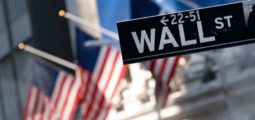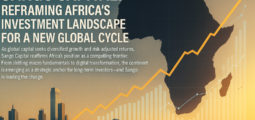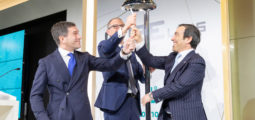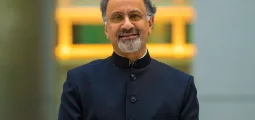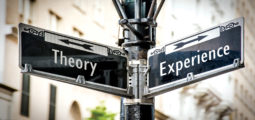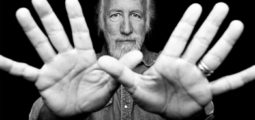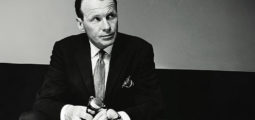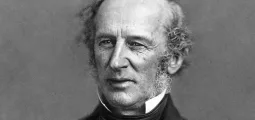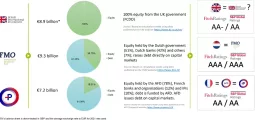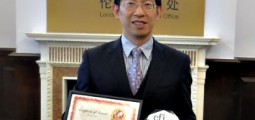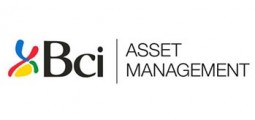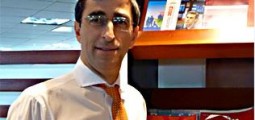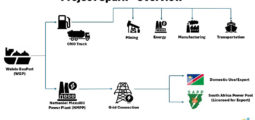Best Buy’s Blue-Shirt Renaissance: How It Fought Back Against Amazon
Once teetering on the brink of collapse in the face of Amazon’s relentless rise, Best Buy orchestrated one of the most impressive retail turnarounds in recent memory. This is the story of how a renewed focus on customer service, strategic price matching, and a reinvention of the in-store experience saved the electronics giant from extinction—and helped it thrive in the digital age.
The early 2010s marked a perilous period for Best Buy. As e-commerce boomed, the once-dominant electronics retailer found itself under siege. Consumers were “showrooming”—testing and comparing products in-store before buying them online at lower prices, often from Amazon. Best Buy’s expansive network of physical locations suddenly looked like a costly liability rather than a competitive advantage. Analysts predicted its demise, warning that it would follow the same fate as other big-box retailers that had failed to adapt.

But Best Buy didn’t go quietly.
Instead, the company fought back. Under the leadership of CEO Hubert Joly, who took the helm in 2012, Best Buy launched an ambitious turnaround plan dubbed “Renew Blue.” It was not a flashy transformation, but a deliberate, strategic recalibration that played to Best Buy’s unique strengths while addressing its most urgent weaknesses.
At the heart of the Renew Blue strategy were three core priorities: improving the customer experience, strengthening vendor relationships, and cutting operational costs.
Price matching was one of the first—and most visible—changes. Best Buy acknowledged that price was a critical factor in consumer decision-making, particularly in a world where online comparisons could be made instantly. By offering to match prices from major online competitors, including Amazon, Best Buy removed one of the key reasons customers were walking away. It wasn’t about winning a race to the bottom—it was about levelling the playing field and giving customers a reason to make the purchase then and there.
But the turnaround didn’t stop at pricing.
Best Buy doubled down on what Amazon couldn’t offer: human connection and expert guidance. The company reinvested in training for its blue-shirted staff, empowering them to offer expert advice and personalised service. Salespeople became more than transaction facilitators—they became trusted advisers helping customers navigate the increasingly complex world of consumer electronics.
This renewed focus on customer service proved to be a powerful differentiator. Shoppers might still research online, but when it came to making decisions about high-value items like televisions, laptops, or home appliances, they increasingly valued the hands-on, face-to-face interaction that Best Buy could provide.
The company also reimagined the in-store experience. Stores were redesigned to create more engaging and interactive environments. Best Buy partnered with top tech brands—including Apple, Samsung, and Microsoft—to launch “store-within-a-store” formats. These branded zones showcased the latest technology in immersive, hands-on displays, generating excitement and offering customers an experience no website could replicate.
Another important pillar of the strategy was rebuilding vendor relationships. Best Buy worked closely with manufacturers to secure exclusive product offerings and promotions. These collaborations also improved inventory management and supply chain efficiencies, reducing out-of-stocks and excess inventory.
Alongside these efforts, Best Buy made significant cost-cutting measures. The company streamlined operations, closed underperforming stores, and renegotiated contracts with suppliers. These savings were reinvested into frontline initiatives like customer service and store enhancements, reinforcing the overall turnaround strategy.
The recovery didn’t happen overnight. Changing public perception, transforming internal culture, and adjusting operations at scale took time. But gradually, the results began to speak for themselves. Sales stabilised, margins improved, and Wall Street took notice. By the mid-2010s, Best Buy had returned to profitability and reclaimed its place as a leader in consumer electronics retail.
Crucially, Best Buy’s success is a case study in not trying to out-Amazon Amazon. Rather than racing to become a pure-play e-commerce company, Best Buy leveraged what made it unique—its physical footprint, knowledgeable staff, and relationships with major vendors—to create a value proposition that digital competitors couldn’t easily replicate.
It also serves as a powerful validation of brick-and-mortar retail in an era often dominated by headlines about the “death of the high street.” For all the convenience of online shopping, many consumers still want to see, touch, and test products before buying—especially when it comes to tech. They want support. They want service. And they want immediacy. Best Buy recognised that and built its recovery around it.
That said, the company continues to face challenges. The retail landscape is evolving rapidly. Consumer expectations are rising. Technology is advancing at a breakneck pace. And competition remains fierce—from both online giants and physical retailers.
But Best Buy has shown that it can adapt. The company’s blue-shirt renaissance is a testament to strategic leadership, a customer-first mindset, and the willingness to evolve in the face of change. It’s a playbook that other struggling retailers would do well to study.
Today, the blue shirts are more than just a vestige of the past—they’re a symbol of retail resilience. Best Buy didn’t just survive the e-commerce revolution. It adapted, evolved, and found a way to thrive in the digital era. Its story proves that with the right focus, physical stores can not only coexist with online retail—they can win.
You may have an interest in also reading…
Banco Azteca: Pillar of Financial Inclusion and Innovation in Mexico
A bank that’s about people, as well as profit… Banco Azteca, a key component of Grupo Salinas, has established itself
Stepping-up ESG Impact via Scoring and Analytics
CFI.co invited Lindsey McMurray, managing partner and co-founder of Pollen Street Capital, to outline her company’s mission and motivation… At
Evan Harvey, Nasdaq: The Board Perspective on ESG
Sustainability is a moving target. Though we might want uniformity, unanimity, and harmonisation — of standards, disclosures, and data points




